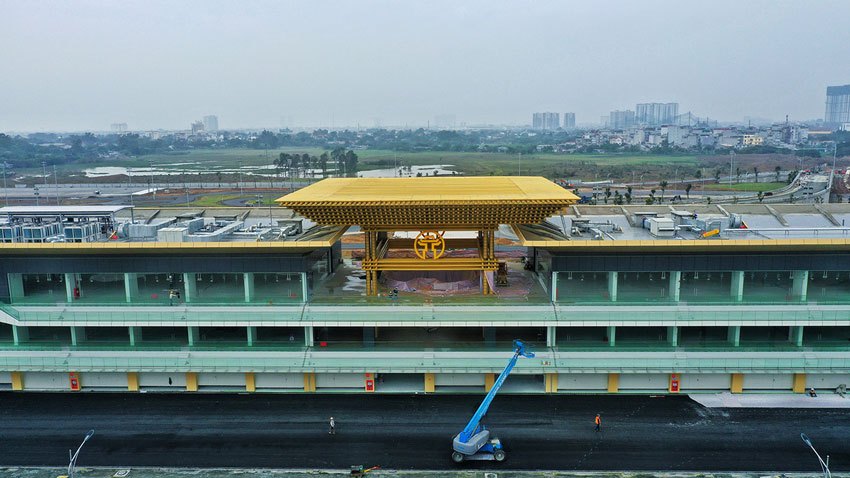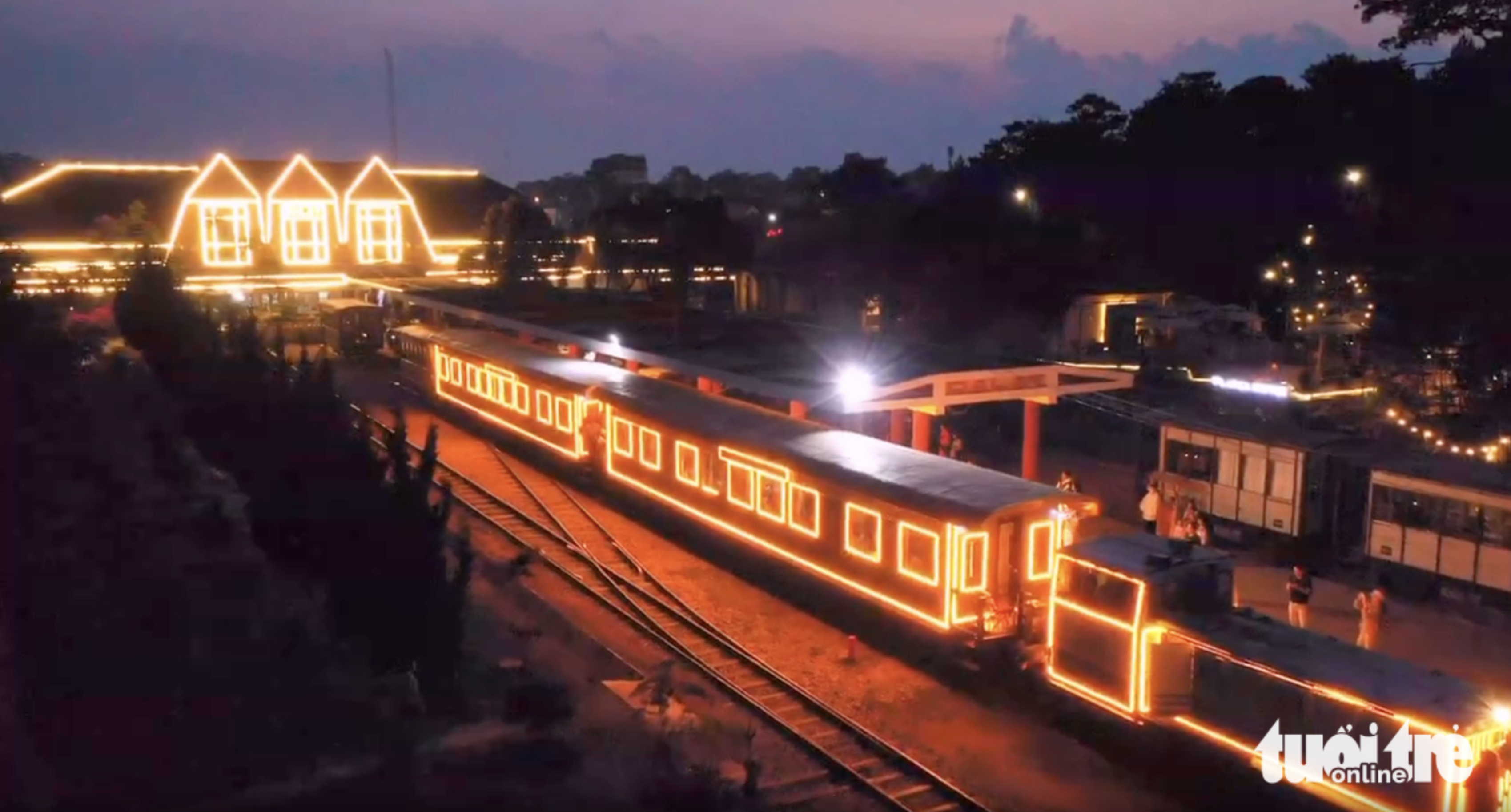In a tantalizing sneak-peak of the newest circuit in F1, the photographs show the 300m pit building and part of the circuit itself, two-thirds of which is city roads – the other third having been built especially for the Grand Prix.
The Hanoi pit lane is deliberately “very, very short,” according to circuit designer Hermann Tilke, in order to encourage more than one stop during the race. The 5.6km circuit features 23 corners and has nine grandstands named after regions across Vietnam.

Hanoi F1 circuit’s new layout with 23 corners. Photo courtesy of Vietnam Grand Prix Corporation.
The design of the three-storey pit building has been heavily influenced by the city’s historic buildings, to reflect Vietnam’s “strong cultural legacy”.
“This is an important moment in the development of the Hanoi Circuit and another vital milestone in the lead up to Vietnam’s first ever Formula 1 race weekend,” said Vietnam Grand Prix Corporation CEO Le Ngoc Chi.

“Like the Imperial Citadel of Thang Long and the Pavilion of the Constellation of Literature which have inspired the Pit Building’s design, we hope this structure will become another iconic Hanoi landmark.
“With the track itself nearing completion and grandstands starting to go up as the event draws ever closer, the excitement levels for the Formula 1 VinFast Vietnam Grand Prix 2020 are rapidly growing. We are ready and we look forward to seeing you in Hanoi very soon.”
Tickets for the third round of the 22-race 2020 F1 season are still available for those who want a chance to witness F1 cars reach speeds of 335km/h at F1’s newest Grand Prix.
v




